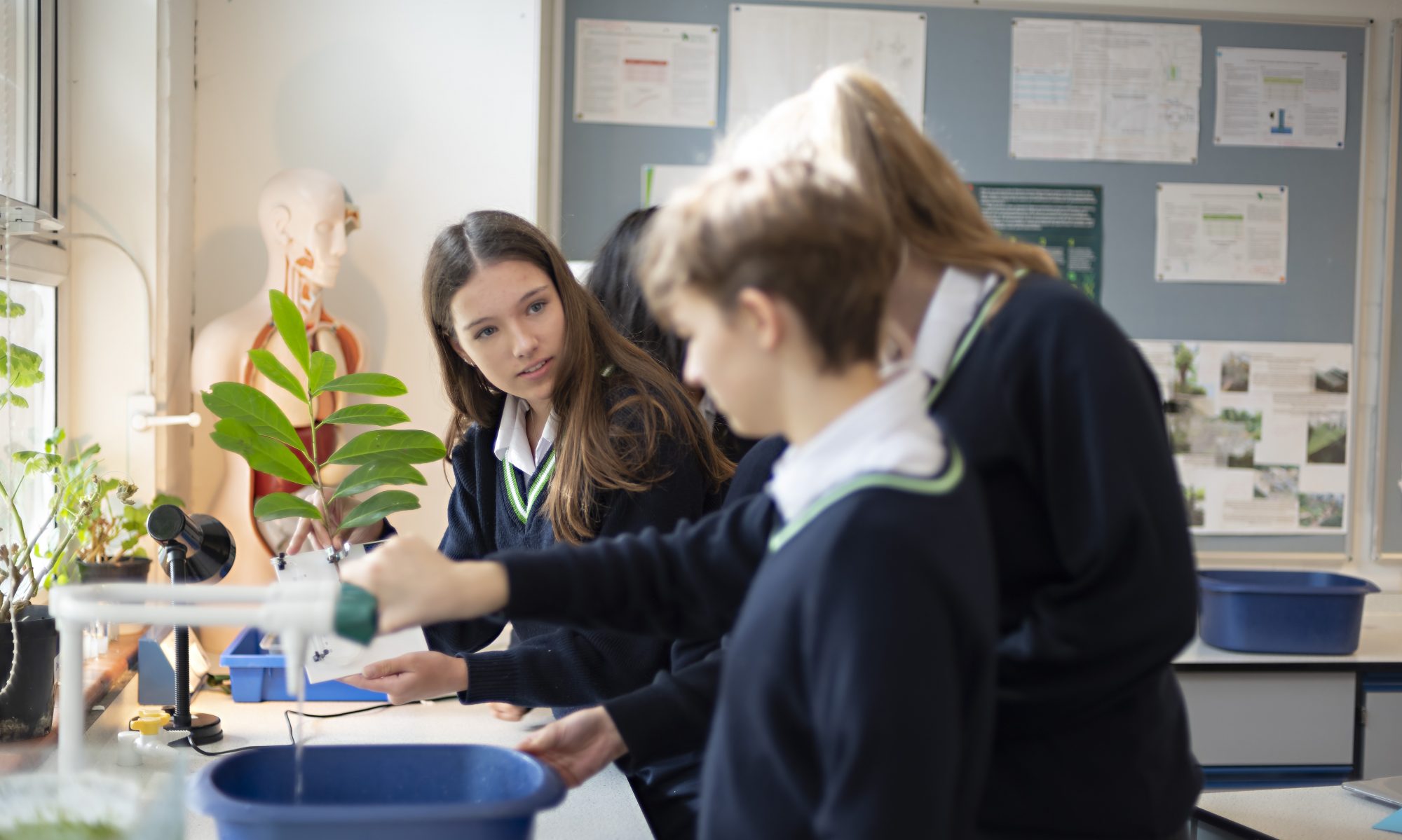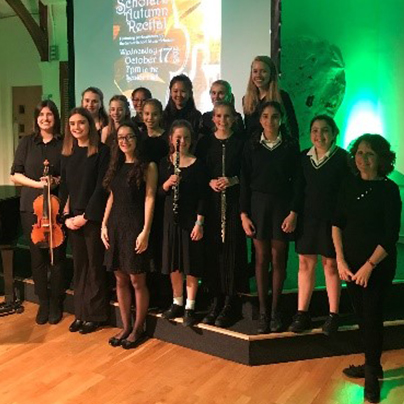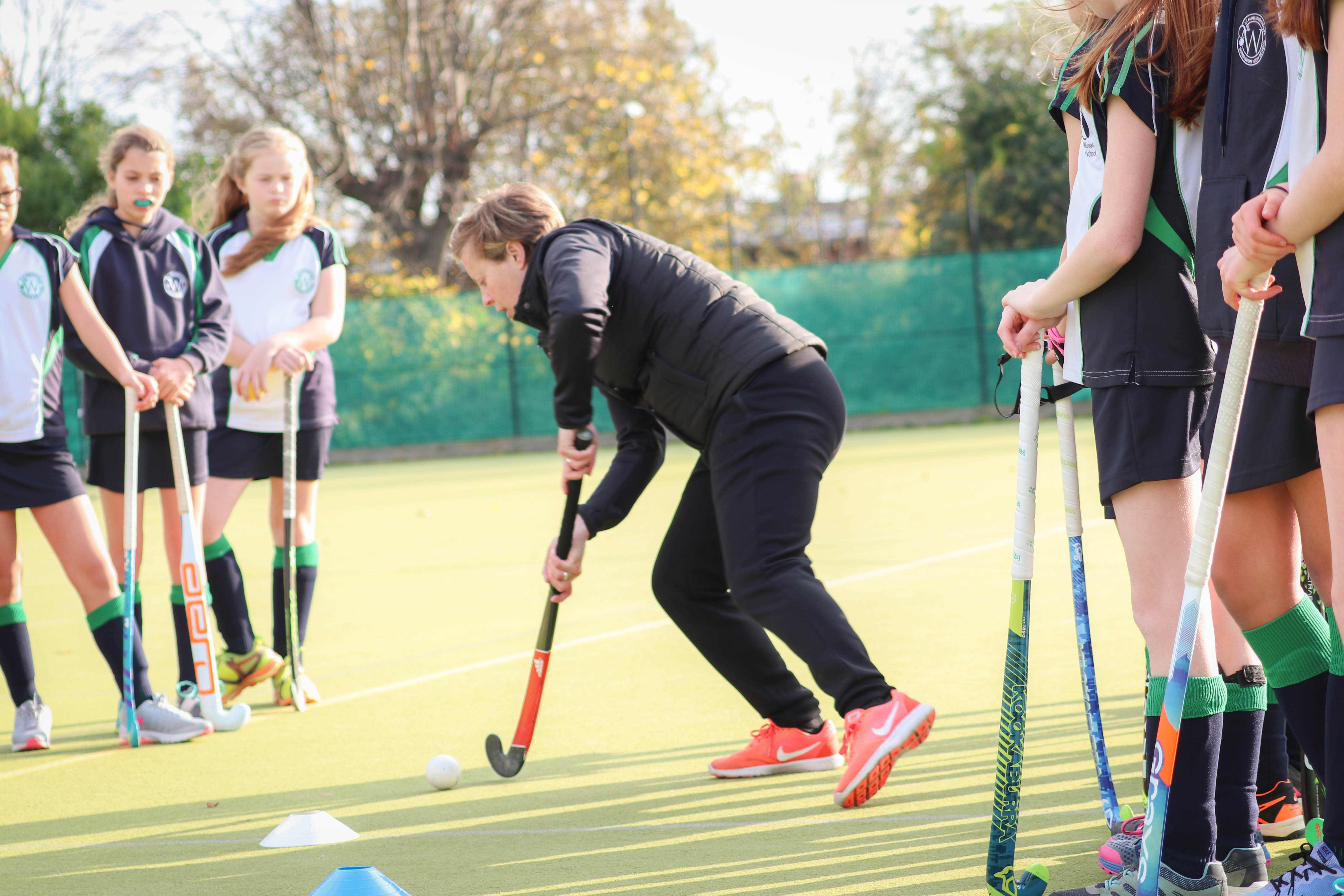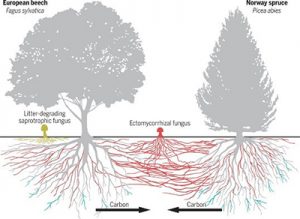Claire Baty, Head of French, considers the importance of global links in education, with particular reference to a developing partnership with a school in India.
“Let us together create pathways for our children connecting local to global”
Rima C Ailawadi, Principal of GD Goenka Public School, Model Town, Delhi
One of the key aims of WHS is for ‘every girl to leave [the school] prepared to shape the society in which she lives and works’. However, we have another responsibility that I think goes hand in hand with this particular aim; helping our students to realise that society is not limited to the local community and that they can and should spread their wings much further afield.
An outstanding education must provide opportunities for students to experience the world beyond their doorstep. Arguably, cultural interaction has never been more important than it is today. Technology enables young people to explore the world from their bedroom but only a few actually experience it. Despite, or perhaps because of, the political uncertainty in Europe young people must go out into the world with the knowledge, skills and attitude needed to thrive in an ever-changing international environment. This means experiencing different cultures, faiths, religions and languages through meaningful and enjoyable collaboration with their peers in other countries.
As a French teacher, I am obviously aware of the fundamental role played by trips abroad in the development of language proficiency. Immersion in the target language and culture is the best way to develop communication skills. Yet, we must not forget that students also gain invaluable life skills from these visits; networking and communication skills, compassion, independence, open-mindedness, to name but a few. These skills empower young people and lead to a more tolerant and empathetic world.
Here at WHS we have embraced the idea of a truly international education, offering our students countless opportunities to experience the world in which they live. Curriculum teaching that immerses Y3 students in the culture of Africa, exchange and study visits to France, Germany, Spain and Japan, community projects in Sri Lanka and Ghana all inspire our girls to make social change on a global scale.
Following on from the success of our other partnerships, WHS is now reaping the benefits of an exciting new connection with GD Goenka Public school in New Delhi, India. This is exciting, not least because the students are able to make friends with someone from a completely different country and culture, but also because we are able to work together on areas of common interest. The students are sharing their ideas, asking questions, carrying out research on behalf of their partners in India and vice versa. The aim is to create some academically enriching presentations on topics such as cultural diversity, freedom of expression in art, the importance of festivals in both cultures, the role of women in Indian society, air pollution and environmental issues affecting Delhi and London, the impact of social media on teenagers in India and the UK, sustainable development. These are just some of the myriad of possible areas of research. That is why a partnership project like this is so exciting, the opportunity to challenge perspectives on global issues, to step outside the ‘Wimbledon Bubble’ and share ideas with young people growing up in a culturally and socially different country.
Global partnerships projects are all about building connections with others, communicating effectively, and learning about other people and from other people. Ultimately encouraging collaboration and understanding between nations. Exchanging intellectual ideas is important, but so too is getting to know those other people. We talk about connecting schools, but it is really about connecting people.[1]
Global partnerships allow students to examine the differences and similarities between different countries and communities; this in turn broadens their perspectives in the classroom. Being able to compare effectively also opens their mind to the world of metacognition. “Once you experience something that challenges your beliefs or defies what you are familiar with, you have the beautiful opportunity to re-evaluate the way you think about your own life as well as the world at large” [2] and that is why global connections should be an intrinsic part of school life.
[1] The British Council
[2] 8 life skills travelling teaches by Kay Rodriguez www.wanderingeducators.com











 The driving researcher behind this work, Suzanne Simard, found that trees will help each other out when they’re in a bit of shade. She used carbon -14 trackers to monitor the movement of carbon from one tree to another. She found that the trees that grew in more light would send more carbon to the trees in shade, allowing them to photosynthesise more and so helping them provide food for themselves. At times when one tree had lost its leaves and so couldn’t photosynthesise as much, more carbon was sent to it from evergreen trees.
The driving researcher behind this work, Suzanne Simard, found that trees will help each other out when they’re in a bit of shade. She used carbon -14 trackers to monitor the movement of carbon from one tree to another. She found that the trees that grew in more light would send more carbon to the trees in shade, allowing them to photosynthesise more and so helping them provide food for themselves. At times when one tree had lost its leaves and so couldn’t photosynthesise as much, more carbon was sent to it from evergreen trees.
